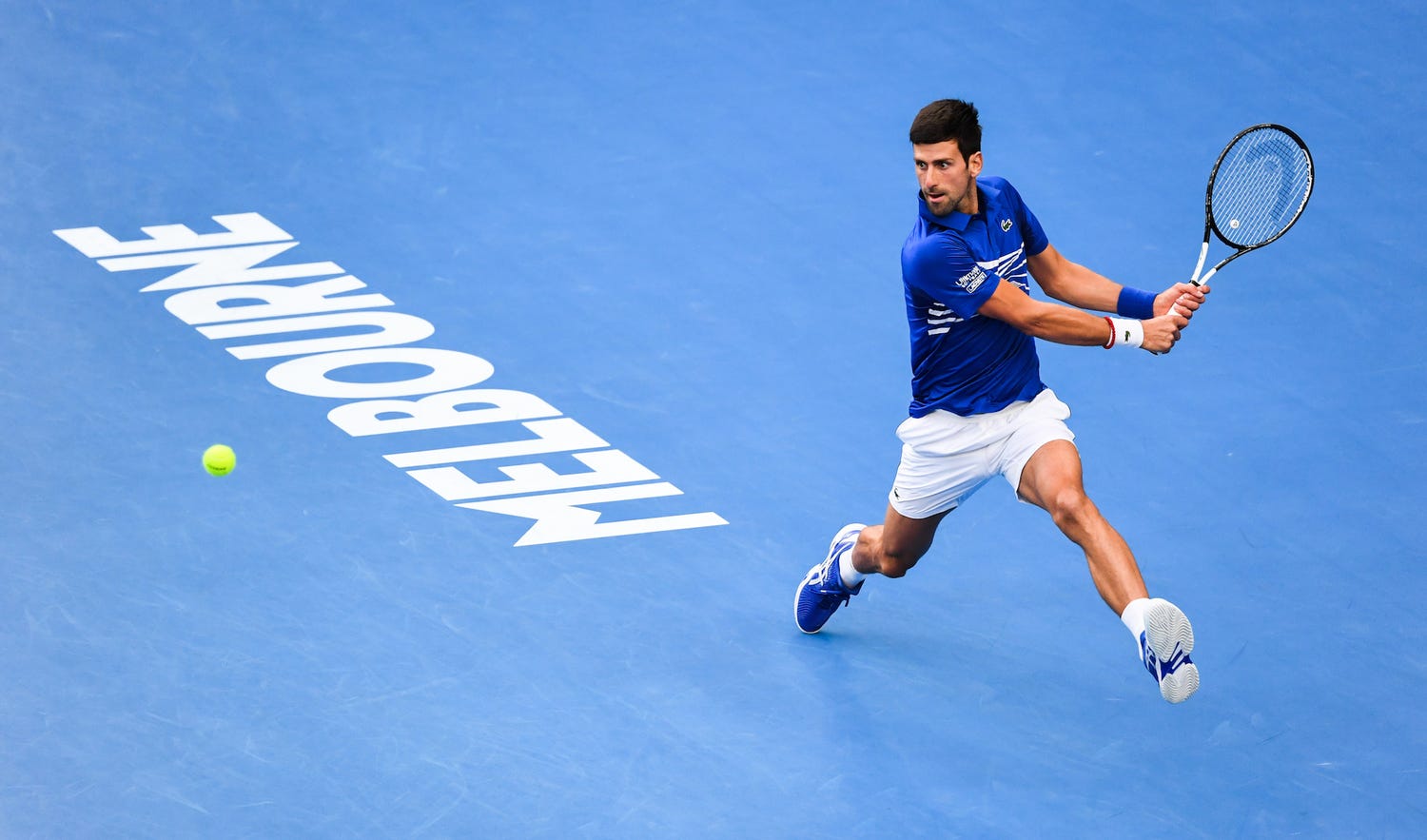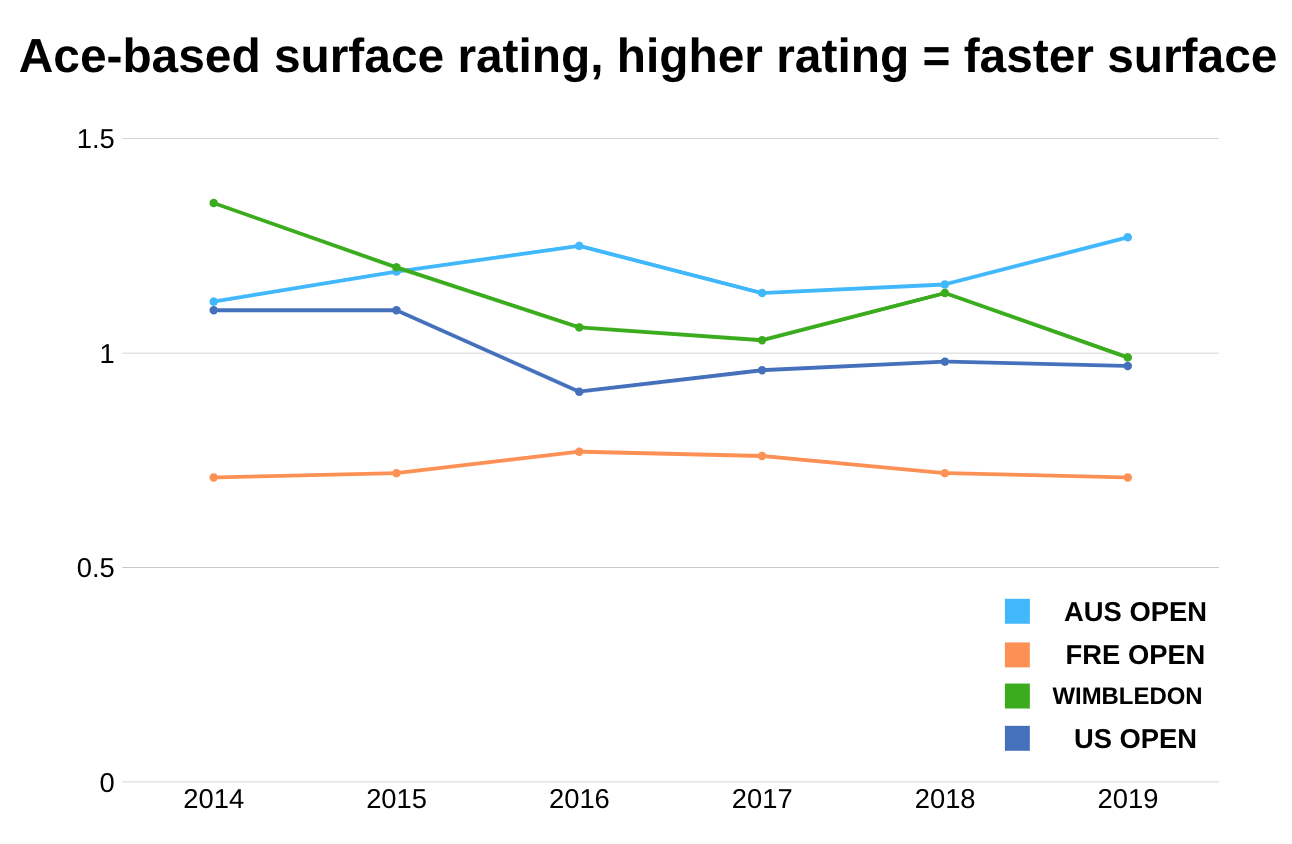
January 17, 2020
Novak Djokovic, for all his undeniable brilliance on the tennis court, for all the applause he gives when his opponent plays an incredible shot, and for all the statesman-like behaviour he has shown when being at the top of the ATP World Tour, he still does not get the love one would expect.
Crowds sometimes struggle to warm to him, perhaps because of his impressions in the early years of other players. Perhaps it is because of his famous outburst at the New York crowd after his win over home favourite Andy Roddick in 2008. Or perhaps it is because people like only two to tango and would rather Djokovic be a distant third to Roger Federer and Rafael Nadal.
However, one place where Djokovic gets the love he desires is Melbourne Park. The strong Serbian contingent of fans were always supportive since his debut in the main draw in 2005, but even Australians warmed to him and gave him the love. So, he decided to give it back and how! A remarkable seven Australian Open titles only tell half the story because he has played in countless thrillers at Rod Laver Arena, and won most.
The last decade saw Djokovic conjure up a sensational 54 wins to just four losses at Melbourne Park and dominate the first major of the year on the male side to a level that has never been seen before. What makes him so special in Australia?
Djokovic’s game style is easily suited to all surfaces, especially in the modern day since courts have become more consistent and similar around the world. This can be especially seen on a hard court, where his hugging of the baseline and defensive capabilities are at their peak.
Both the Australian Open and the US Open are played on hard court so one would expect Djokovic to be at his best in both these tournaments. But, he seems to find the courts at Flushing Meadows far more difficult than those he finds at Melbourne Park. Of course, they are played at different times of year and he is likely to be far more fresh in Melbourne than in New York. But there is also a significant difference in the court surface.
Measuring the speed of a court takes in a lot of different factors and even then you cannot be totally sure on how to compare different surfaces. But a simple observation that can determine a first look at the speed of the court is the number of aces hit per match and weighting this to the types of players on court (John Isner would serve a lot of aces anywhere, so his numbers do not give the best indication).
Tennis Abstract, the tennis analytics website, did a similar type of measurement and found that since 2014, the Australian Open had the highest ace based surface rating out of the four Grand Slams. The US Open was slower than Wimbledon over the same time period, so it shows that Djokovic actually seems to prefer matches in which a lot of aces are being hit and quick surfaces. That is partly because of his returning game, which is widely regarded as the best return in the history of the game. And his ability to slide, on hard courts.

Mats Wilander, a three time Australian Open champion himself, joked on commentary with Eurosport a few years ago but it really seems the only way to describe the court at the Rod Laver Arena when Djokovic is playing. “It’s like blue clay,” he said. But there is method in the madness of Djokovic when he is slipping and sliding. By sliding, Djokovic minimises the number of steps he needs to take to reach balls that are seemingly out of reach for anyone else.
The even more remarkable thing about the slide is that it not only helps him to reach wide shots, but places him in a position where he is able to recover and react to any short ball his opponent gives. On countless occasions, players have hit approach shots and looked like they have turned their back on the point. But Djokovic slides his way to hitting a recovery shot, and a meek return allows the 16-time major winner to win the point.
So the sliding is an undoubted advantage but what about his mental adaptability? For all the statistics about his dominant match record at the Australian Open, it does not mean to say he has an easy ride throughout the tournament. Since the start of the 2008 tournament, which was his first major victory, he has played eight five-set matches at Melbourne Park and lost just three of them. If he does not have a five-set thriller, he will almost always have at least one match will test his limits across four sets.
When looking at these five set matches Djokovic has played in more detail, one thing is clear to see. The improvement in the solidity of his game in pressure moments. One way to look at pressure moments is to look at break points, both on his serve and on his opponent’s serve. His first five-setter in Australia was against Jo-Wilfried Tsonga in 2010 and he lost that despite having a two-sets to one lead. The key stat was that Djokovic only converted six of 16 break points he had, and saved only four of 11 break points on his own serve. Add to that nine double faults, it is clear why he lost the match.
The serve and inability to convert chances troubled him in his initial years, but since 2011, Djokovic began playing at a level which could not be matched. He won five out of six five-setters between 2012 and 2016 at Melbourne Park and in that period, he saved 51 out of 83 break points he faced on his serve and converted 43 out of 110 break points he had on his opponents’ serve. These may not seem incredible numbers but compared to his opponents, they are far and away better.
His ability to deal with a sense of calm in pressure moments gives him an advantage not many have, and he uses this experience brilliantly. He may be the world number two at the moment, but is without doubt the favourite in Melbourne Park due to his hard court prowess. Add to that his sensational performance at the ATP Cup in Sydney, he will present the draw the biggest challenge over the next fortnight.